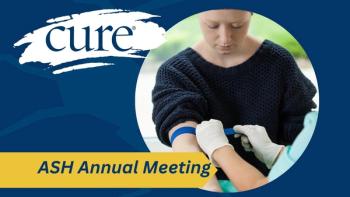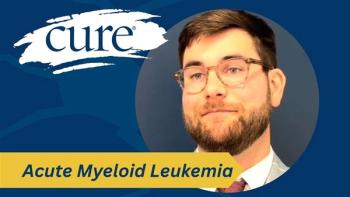
What is CLL?
Equipping with knowledge to improve patient-physician communication and understanding the disease.
Chronic lymphocytic leukemia (CLL) is a form of cancer, a disease in which cells grow out of control. CLL originates in the bone marrow, where cells form blood. The B lymphocytes, a type of white blood cell, are not able to fully mature into healthy cells that effectively fight infection. These leukemia cells may look somewhat normal under a microscope, but they reproduce too rapidly, survive longer than normal cells and crowd out healthy white blood cells. Eventually, the cancerous cells spill into the bloodstream, though it may be years before symptoms arise.
Each year, about 21,000 people are diagnosed with CLL. There are two types of the disease.
- Slow-growing: There are increased numbers of lymphocytes in the blood, and the levels of red blood cells, platelets and white blood cells are normal or just slightly below normal. Some people with slow-growing CLL may never need treatment.
- Fast-growing: The CLL cells block normal cell production, and red blood cells and platelets drop to levels lower than normal.
Other classifications of the extent of disease include the presence of enlarged lymph nodes, enlargement of the spleen, red cell counts and the presence of fever, chills and/or weight loss.
CLL is most common in older adults and rare in people under 40. The average risk of developing the disease is about 1 in 175, though men are at slightly higher risk than women. About 4,500 people die from CLL per year.
Although CLL is the most common form of leukemia in adults, it shares some features with these types of rare leukemia.
- Prolymphocytic leukemia: Two types of white blood cells grow and spread faster than the typical form of CLL. Most people respond to treatment but often relapse.
- Large granular lymphocyte leukemia: The cancer cells are large and usually slow growing, but in some cases they grow and spread quickly. Aggressive forms of this disease are hard to treat, but immune-suppressing drugs can help.
- Hairy cell leukemia: This cancerous type of B lymphocyte — different from the type seen in CLL— grows slowly. Observed under a microscope, the cells have fine projections that look hairy. Patients may not experience symptoms for years, and those who do often respond well to treatment.
Patient-Centered Care
Patients can work with their doctors to help understand their cancer prognosis, treatment benefits and harms, the cost of care, and psychological support options. Be sure to ask the following questions:
- Exactly what illness do I have?
- Will the illness get worse or spread?
- What are the different scenarios patients might experience?
- What are my treatment options? Do they have side effects?
- How long will it take to know the treatment is working?
- What are the chances of curing my illness?
- What will I be able to do on a daily basis?





